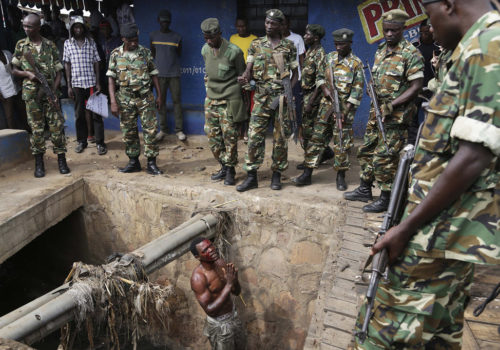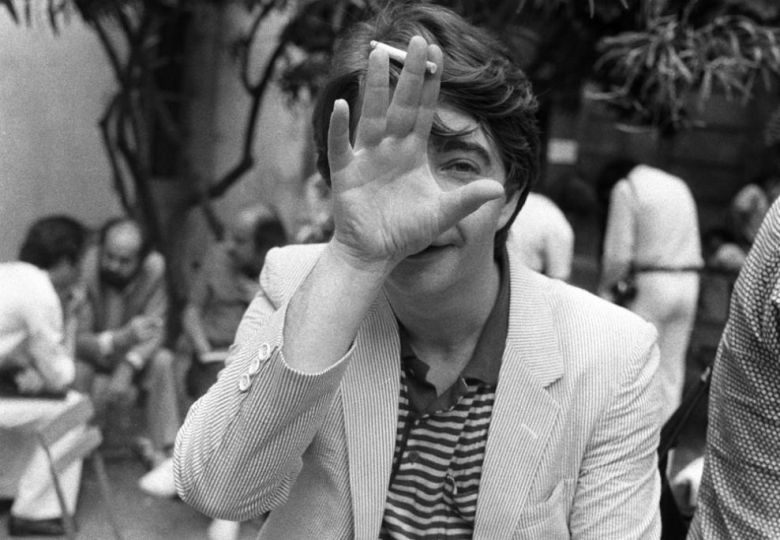As Christian Caujolle reminded us a few months ago, “photojournalism and documentary photography are not dead—far from it. They must find a contemporary form: from the drawing up of the project to the aesthetic choices, from funding to the means of distribution. And everything is interconnected.” (Read full article here).
It is in that spirit that Chicoutimi, a borough in the Quebec town of Saguenay, was holding the 2015 edition of Zoom Photo Festival Saguenay. Already in its sixth year, with a diverse and dynamic program, enriching conferences and themes, and a warm, humble welcome, the festival has once again won over the professional photographers assembled there, as well as the local public for whom this is an annual occasion to mingle. Never certain that it will be held again the following year, the festival director Michel Tremblay, a born optimist, on the occasion of the festival shared his beliefs about the future of the profession. For him and for others, photojournalism is no longer in crisis, but rather in transition. As Olivier Laurent, photo editor at LightBox/TIME, put it in a debate on The bright future of photojournalism, “[t]here was already talk of a crisis of photojournalism at the time of the creation of the Magnum photo agency, which was founded to address it. And that was 60 years ago.”
Taking a cue from the collective #Dysturb, which posted its news images in the streets of Chicoutimi, many photographers are ready to play with new tools. That is why the New Writings Award, newly created this year in partnership with the French association Freelens, recognizes a short multimedia piece, that is a photographic interpretation where an increasing number of photographers with all kinds of backgrounds—whether documentary, photojournalism, or fine arts, like the winner Adrien Selbert—explore slide show, video, sound, and still image. It should be added that the festival is also associated with Blink, a real-time location platform networking photographers and editors around the world.
In terms of programming, the festival was an eye-opener when it came to subjects that receive little media coverage, such as Mères avant d’être femmes by Leonora Baumann or À mon corps dérangeant by Jérôme Deya, as well as themes that have captured headlines, such as the earthquake in Nepal, covered by Renaud Philippe, or Jérôme Delay’s long-term project addressing the three African conflict zones.
This is a brand-new sixth edition of a festival that continues to appeal to a wide audience thanks to its constant regeneration, new partnerships, and Quebec photographers who loyally support the festival which reunites them every year.
ZOOM Photo Festival Saguenay
http://www.zoomphotofestival.ca
http://www.freelens.fr
http://www.blink.la

















